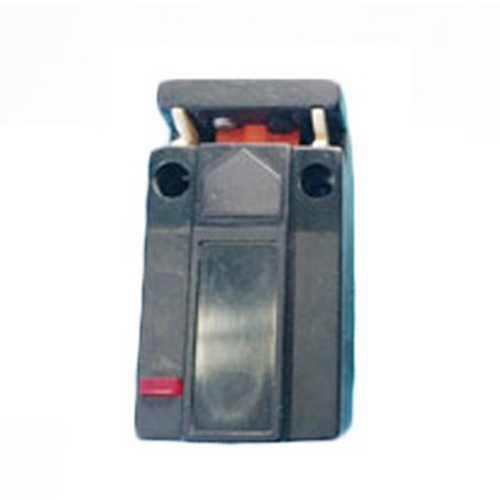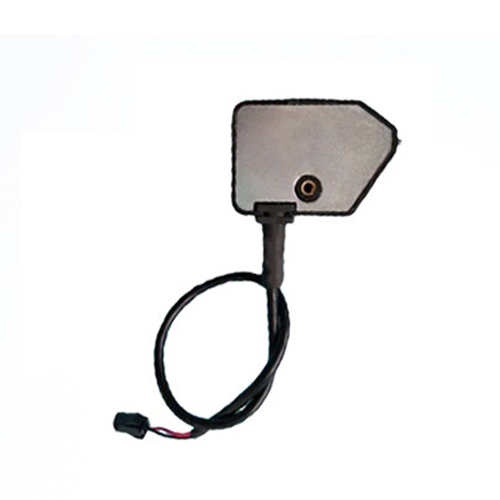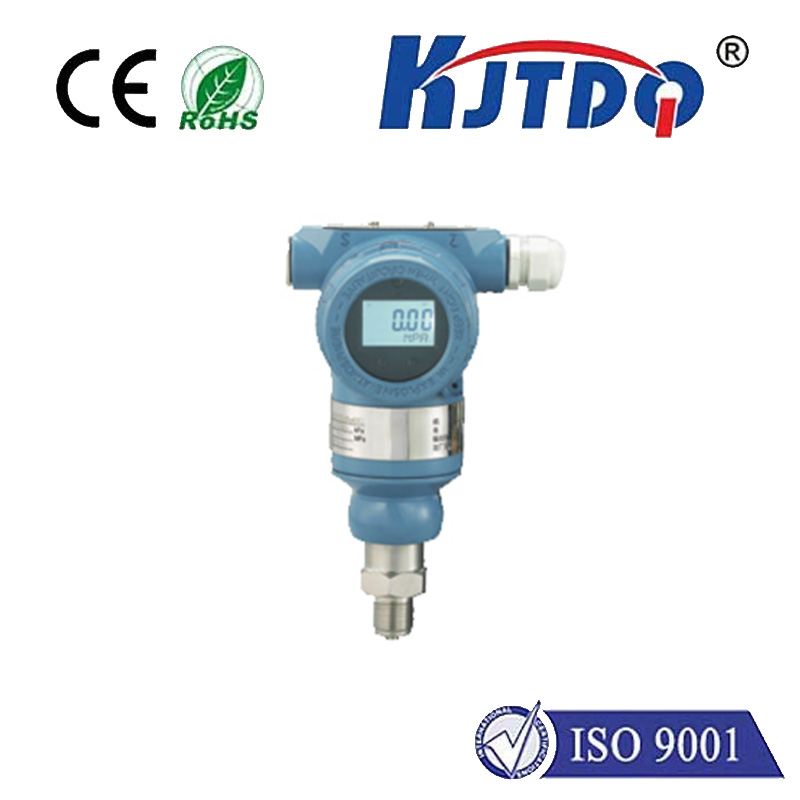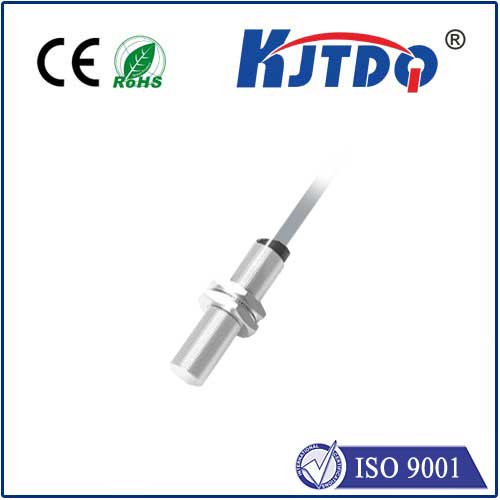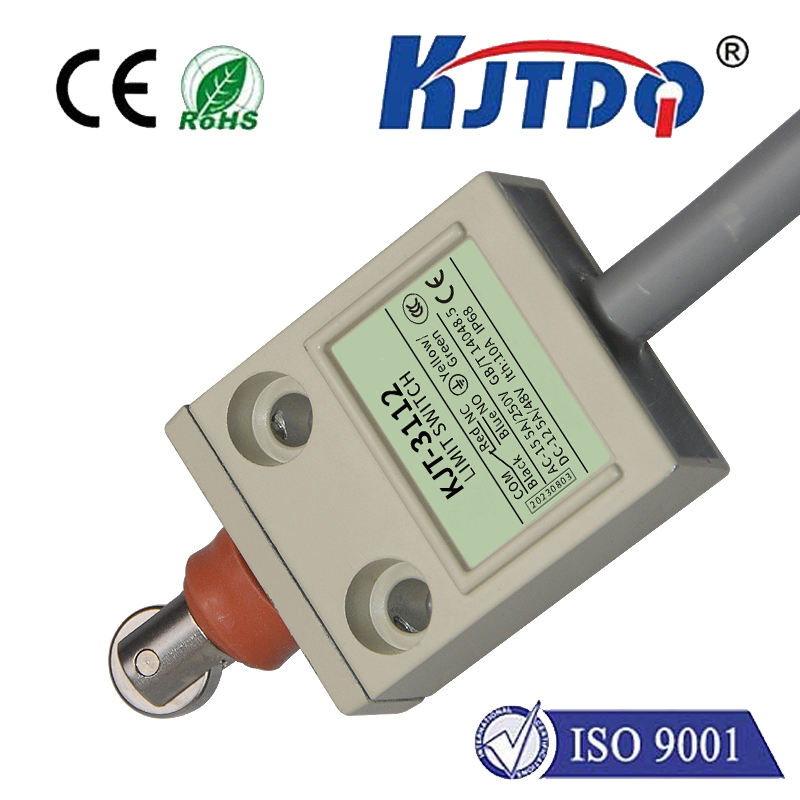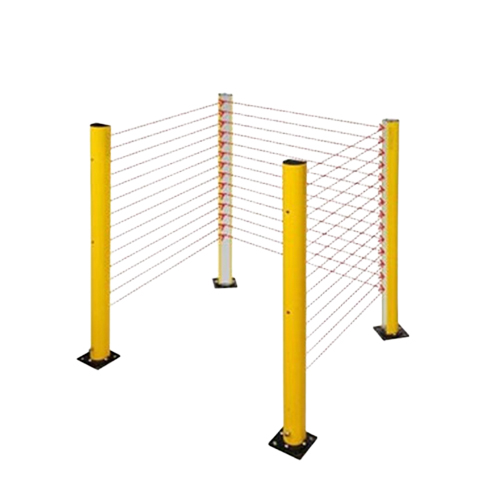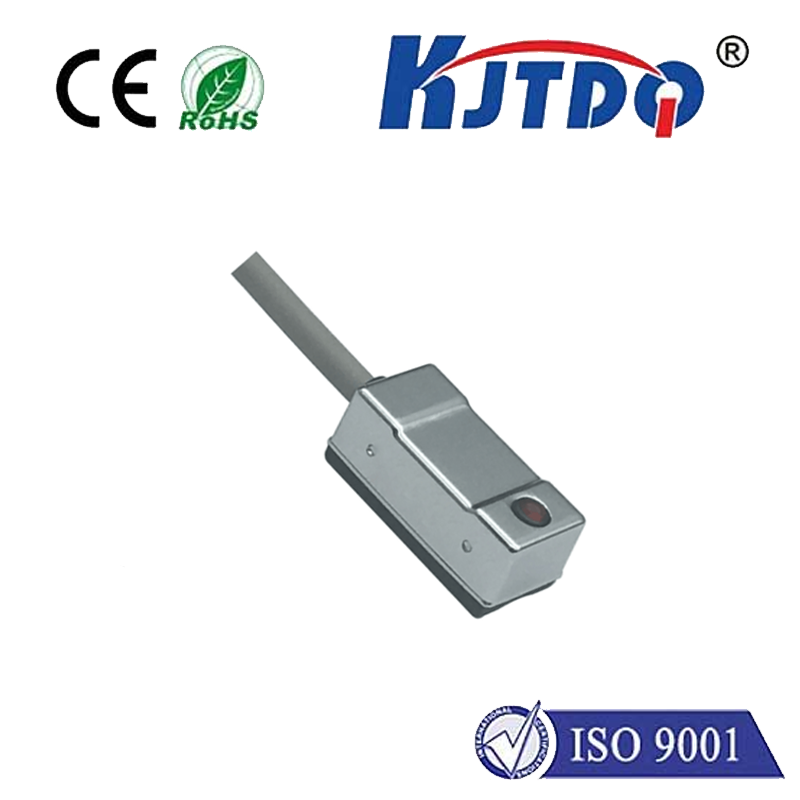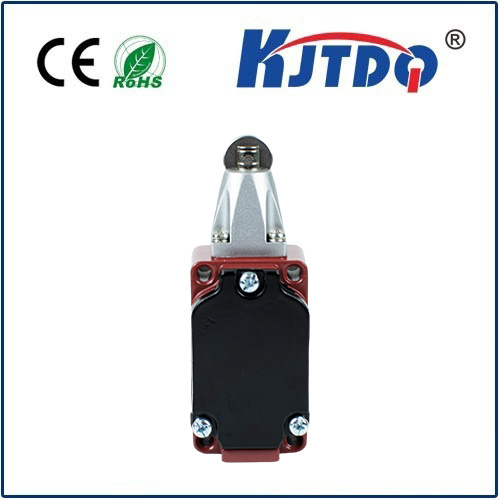BES0187 high pressure proximity sensor
- time:2025-10-01 00:30:50
- Нажмите:0
BES0187 High Pressure Proximity Sensor: Uncompromising Detection in Extreme Environments
Imagine a high-pressure hydraulic line powering a giant industrial press. Suddenly, a critical position sensor fails, not due to wear, but because the immense pressure inside the system literally crushed its casing. Downtime, costly repairs, and potential safety hazards ensue. This is the precise challenge the BES0187 High Pressure Proximity Sensor is engineered to conquer. Designed for reliability where standard sensors fear to tread, it delivers robust proximity detection within enclosures subjected to exceptionally high pressures.
Standard inductive proximity sensors excel in countless applications, but their inherent design often includes air pockets or cavities. When deployed in environments where the external pressure significantly exceeds atmospheric pressure, like inside hydraulic cylinders, high-pressure pumps, or deep-sea equipment housings, this trapped air can compress catastrophically. The resulting pressure differential can deform the sensor housing, damage internal electronics, fracture seals, and lead to premature failure. The consequence? Unplanned downtime, safety risks, and increased maintenance costs.
The BES0187 stands apart as a dedicated high-pressure inductive proximity sensor. It addresses the core weakness of standard models head-on, employing specialized construction techniques to achieve pressure resistance ratings often exceeding 500 bar. This makes it a vital component for applications operating under extreme internal pressure conditions.
Engineering for the Pressure Frontier: How the BES0187 Achieves Resilience
The sensor’s pressure resistance isn’t accidental; it’s the result of deliberate engineering choices focused on eliminating pressure-compressible volumes and fortifying structural integrity:

- Potting & Pressure Compensation: A fundamental technique involves filling all internal cavities within the sensor with a specialized, incompressible potting compound (like epoxy resin). This compound completely displaces air, preventing compression under high external pressure and protecting sensitive electronic components from damage.
- Robust, Thick-Walled Housing: Unlike standard sensor bodies, the BES0187 typically features a housing manufactured from high-grade stainless steel (like 1.4404 / 316L), deliberately designed with thicker walls. This robust construction provides the necessary structural strength to withstand immense external forces without deformation.
- Metal Face Seals: Instead of polymer-based seals, the BES0187 employs precision metal-to-metal face seals, particularly at the critical sensing face and cable entry point. These seals offer superior resistance to extrusion and permanent deformation under sustained high pressure compared to elastomeric seals.
- Optimized Internal Design: The overall internal architecture is meticulously designed to minimize any potential void spaces and optimize the distribution of pressure loads across the hardened structure.
Key Characteristics and Capabilities
While specific ratings can vary slightly by manufacturer (the BES0187 designation is commonly used by Balluff, but the concept exists broadly), a high-pressure proximity sensor like this generally boasts:
- Extreme Pressure Resistance: Rated for continuous operation at pressures commonly ranging from 300 bar up to 500 bar or even higher (e.g., 7250+ PSI), far surpassing standard sensors rated only for atmospheric pressure differences.
- Robust Sensing: Maintains reliable detection of metallic targets via inductive sensing principle despite the harsh conditions. Typical sensing distances are comparable to non-pressure-resistant equivalents.
- High-Grade Materials: Stainless steel housings (V4A/AISI 316L) and metal face seals ensure corrosion resistance and longevity in demanding environments, often including exposure to hydraulic oils or seawater.
- Reliable Connectivity: Typically features M12 connectors or integral PUR cables with robust gland sealing designed to maintain integrity under pressure.
- Wide Temperature Tolerance: Operates reliably across standard industrial temperature ranges.
- Output Options: Available with standard PNP or NPN switching outputs.
- IP67/IP68/IP69K Protection: Maintains high ingress protection against dust and water, crucial for applications where high pressure might coexist with washdowns or submersion.
Where the BES0187 High Pressure Proximity Sensor Proves Indispensable
Its unique capabilities make it the sensor of choice for demanding positions within pressurized systems:
- Hydraulic Cylinder End-Position Detection: Directly mounted within the cylinder housing to detect piston position at either end of its stroke, eliminating the need for external brackets and vulnerable hoses. This is arguably its most critical application.
- High-Pressure Pump Monitoring: Detecting the position of pistons, valves, or other moving components inside pump housings where internal pressures are extreme.
- Valve Spool Position Sensing: Providing feedback on the position of spools in high-pressure hydraulic or water jet control valves.
- Subsea & Marine Equipment: Used inside housings for underwater ROVs (Remotely Operated Vehicles), deep-sea instrumentation, or marine thrusters where ambient pressure increases drastically with depth.
- Pressure Vessel Testing: Monitoring components or tooling position inside chambers undergoing extremely high-pressure testing cycles.
- Off-Highway & Agricultural Machinery: Integrated into critical hydraulic functions in excavators, tractors, harvesters, and forestry equipment operating under high load pressures.
The Tangible Benefits of Choosing a Dedicated High-Pressure Sensor
Opting for a specialized sensor like the BES0187 delivers significant operational advantages:
- Eliminated Sensor Collapse Failures: The primary benefit – the sensor physically withstands the high pressure, drastically reducing failures caused by crushing or seal extrusion. Dramatically increased reliability.
- Reduced Downtime & Maintenance Costs: Fewer sensor failures mean less unplanned downtime for replacements and lower maintenance overhead.
- Повышение безопасности: Reliable position sensing in critical high-pressure systems directly contributes to safer operations, preventing unexpected machine behavior.
- Simplified System Design: Allows sensors to be mounted directly inside pressurized cavities, eliminating complex external mounting solutions, brackets, or levers that can be bulky and prone to damage.
- Long-Term Cost Savings: While potentially having a higher initial purchase cost compared to a standard sensor, the dramatically extended lifespan and reduced downtime costs offer a superior Lower Total Cost of Ownership (TCO).
- Improved Process Control: Consistent, reliable position feedback ensures hydraulic cylinders and valves operate precisely as intended.
Selecting the Right High-Pressure Proximity Sensor
When specifying a sensor like the BES0187, key considerations include:
- Maximum Operating Pressure: Clearly define the peak continuous pressure the sensor will experience, including potential pressure spikes.
- Required Sensing Distance: Ensure the sensor’s specified range meets the physical positioning needs.
- Target Material: Confirm compatibility with the metal (steel, stainless steel, etc.) being detected.
- Electrical Requirements: Choose the correct supply voltage (e.g., 10-30V DC), output type (PNP/NPN), and connection type (connector/cable).
- Environmental Conditions: Consider temperature range, potential chemicals, and required IP rating beyond pressure resistance.
- Mounting: Verify the physical dimensions and mounting style (e.g., threaded barrel) suit the installation point.
Conclusion: A Necessity, Not a Luxury in High-Pressure Zones
The BES0187 High Pressure Proximity Sensor is far more than just a sensor; it is an engineering solution to a critical problem plaguing traditional sensors in demanding pressurized environments. By incorporating pressure compensation features like potting and robust construction with metal face seals and thick-walled stainless steel housings, it achieves unparalleled resilience. Where standard sensors would fail catastrophically under immense compression, the BES0187 stands firm.
Its deployment within hydraulic cylinders for end-position detection, inside high-pressure pumps, valves, and subsea equipment translates directly to **increased machine uptime, enhanced







